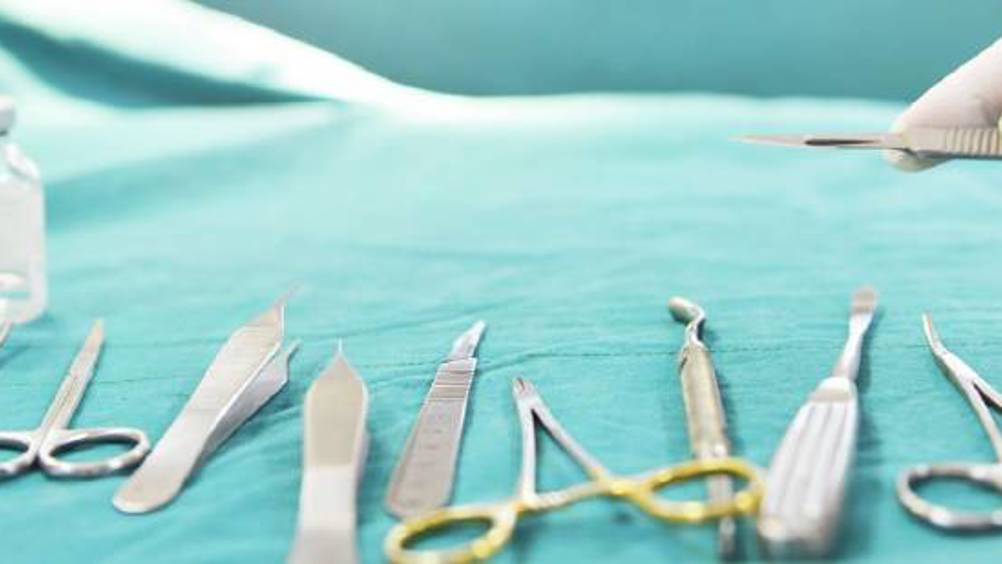References
Investigating the incidence and type of sharps injuries within the nursing student population in the UK

Abstract
Aims:
To identify the incidence and type of sharps injuries within a UK nursing student population.
Background:
Evidence suggests that nursing students sustain sharps injuries across the world, but there is a lack of data from the UK. Design: Questionnaire survey.
Methods:
A survey was administered to a volunteer sample of nursing students (n=1015) in a university, following which the survey was distributed to nursing students nationwide using snowball sampling via social media. Datasets from 1015 nursing students were available for analysis.
Results:
Sharps injuries were most likely to occur with glass ampoules, when preparing injections and to occur in the second year of the programme. Contributing factors to sharps injury were identified, with inexperience being the primary cause. Some nursing students reported psychological impacts after sustaining the sharps injury.
Conclusion:
Sharps injuries are common among nursing students, and can have many psychological consequences for an individual.
This study aimed to explore the incidence and type of sharps injuries among pre-registration nursing students. Although sharps usage is an imperative and essential clinical skill for all nursing students, how many such injuries occur and what impact they have on the individual remain underexplored in the UK. Many studies have been conducted investigating sharps injuries among registered nurses and other healthcare workers in the UK, but research focusing on nursing students in the UK remains elusive.
Sharps injuries can be defined as ‘…skin penetrating stab wounds caused by a sharp instrument and accidents in a medical setting’ (Centers for Disease Control and Prevention, 2008). Definitions of sharps within health care vary widely (Hersey and Martin, 1994). Box 1 provides a list, which is not intended to be exhaustive, of items defined as ‘sharps’ that have been reported to have caused injuries to healthcare workers:
Register now to continue reading
Thank you for visiting British Journal of Nursing and reading some of our peer-reviewed resources for nurses. To read more, please register today. You’ll enjoy the following great benefits:
What's included
-
Limited access to clinical or professional articles
-
Unlimited access to the latest news, blogs and video content

